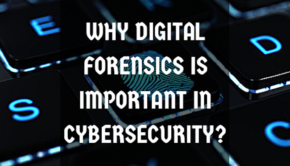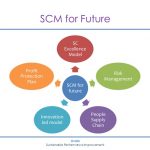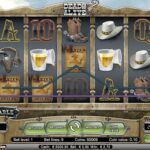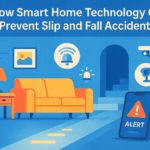Understanding Machine Readable Zones in Identity Verification
What is MRZ?
The Machine Readable Zone (MRZ) is a specific area found in identity documents, such as passports, containing the document holder’s personal data encoded in a machine-readable format. Almost every country’s official identity or travel documents now feature MRZ reading, which typically consists of two or three lines of text printed in OCR (Optical Character Recognition) font.
The Evolution of MRZ
The concept of machine-readable zones in passports dates back to 1980 when they were first introduced on the identity page of passports. This addition included two lines containing a mix of letters, numbers, and symbols. By 1983, the U.S. government began emphasizing the benefits of machine-readable information, and the use of MRZ became more widespread. Today, MRZs are standard not only in travel documents but also in national identity documents. While initially requiring specialized optical character recognition equipment, MRZ data can now be accessed using smartphones, thanks to advancements in technology.
How MRZ Works
MRZs contain encoded lines of text that include the document holder’s data and forgery detection numbers, known as checksums. These lines are read by OCR systems to verify the document’s authenticity and extract the encoded data. Here’s how the process typically works:
Data Scanning: The ID document is scanned.
Data Extraction: The machine-readable zone is captured, and the embedded text is recognized and parsed to extract data fields. The OCR system calculates the checksum of the extracted data, which is then compared with the original checksums for verification. The data can be exported to an external device for further inspection.
The Purpose of MRZ
The primary purpose of MRZ is to prevent unauthorized alterations to identity documents, thus protecting the holder’s personal information. MRZs help speed up the verification process by providing personal information in a standardized format, which enhances recognition and verification. Additionally, MRZs enable access to RFID (Radio-Frequency Identification) chips in biometric passports, which store detailed information about the ID holder, making the verification process faster and more accurate.
Types of Machine Readable Zones
There are three main types of MRZs used in identity documents:
- MRZ Type 1: Contains three lines with 30 characters each. Commonly used in various ID documents.
- MRZ Type 2: Contains two lines with 36 characters each. Less commonly used.
- MRZ Type 3: Contains two lines with 44 characters each. Typically used in passports.
The Importance of MRZ in Identity Verification
The MRZ is a crucial component in the identity verification process for several reasons:
- Standardization: MRZ provides a standardized format for encoding personal information, which simplifies the verification process across different countries and systems.
- Speed and Efficiency: MRZs allow for the rapid scanning and reading of personal data, significantly speeding up the verification process.
- Security: The use of checksums and encoded data in MRZs enhances security by making it more difficult for fraudsters to alter the information on identity documents.
- Accuracy: MRZs reduce the likelihood of human error in data entry, ensuring higher accuracy in identity verification.
Applications of MRZ in Various Sectors
The use of MRZ extends beyond border control and immigration. Here are some sectors that benefit from MRZ technology:
- Airlines: MRZs streamline passenger check-in and boarding processes, enhancing security and efficiency at airports.
- Hospitality: Hotels use MRZ data to verify guest identities quickly and accurately during check-in.
- Telecommunication: Mobile network providers use MRZs to verify customer identities when issuing SIM cards and services.
- Financial Services: Banks and financial institutions use MRZs to comply with Know Your Customer (KYC) regulations and prevent fraud.
- Sharing Economy: Companies in the sharing economy, such as ride-sharing and home-sharing services, use MRZs to verify user identities and enhance trust.
Conclusion
MRZ technology has revolutionized the way identity verification is conducted, providing a robust and efficient means to authenticate identity documents. At iDenfy, we offer advanced identity verification solutions utilizing OCR systems to scan and verify over 2,700 types of ID documents from more than 210 countries and territories. For businesses seeking a reliable identity verification partner, our solutions ensure a smooth and effective verification process.
Cover Image: Freepik













